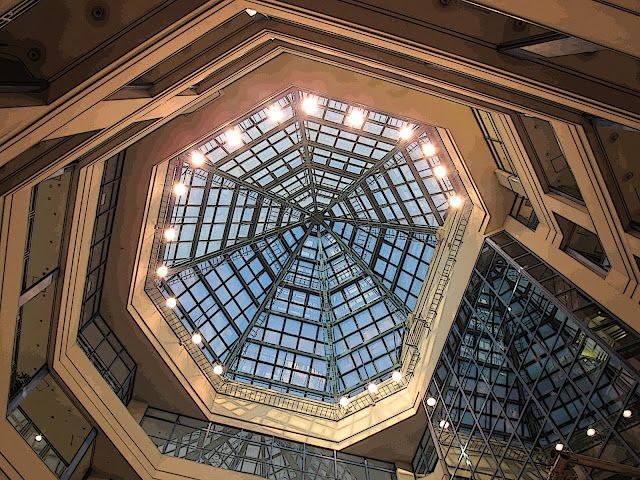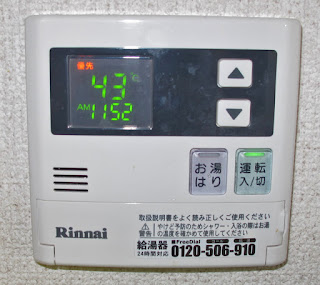EATING OUT
Knowing I’ve always been a ‘picky eater’ my brother recently
asked about the food in Japan. My response was:
There is ALWAYS something to fall back on
The food in Japan! Actually, a good topic. First I don't eat
or like sushi or fish eggs; that said, sushi and fish eggs are common here but
nowhere near considered "everyday food". Some of the most
common/favorites foods are fried pork/chicken or noodles
(ramen/yakisoba/soba/somen), And then Korean style barbecue places are big. Man,
they have got some absolutely great food here. The biggest problem I have with
food is the same with the food in the states... I have to watch my carbs!
To expand on the above, American, French, Italian, Mexican, you name
it, you can find it here in Japan.
Name it, you got it
The Japanese, in general, take great pride
in whatever it is they are doing, at work and at play, so it follows that they put a lot of effort into the foods they serve and that makes for some fantastic ethnic foods.
Oh, they also have Japanese food!
Speaking of carbs, they have some of the
most amazing pastries, breads, and other baked goods (French breads made in Japan are as good, or better, than those I've had in France).
One of my favorites, found at most restaurants, but I prefer
to go to places that specialize in it, is Tonkatsu (breaded and fried pork
cutlet), served with chopped cabbage, pickled daikon on the side, and miso soup.
One my ex-favorites (ex because of the high carbs I pretty much eliminated it
from my diet (expect special occasions)) is Ramen from one of the specialty
shops.
Movie goodies are a rip-off just like the states
Generally, upon entering a Japanese restaurant, you are
seated by a hostess. The menus usually remain at the table, unlike in the
states where they hand you one on seating and then take it back after you make
your order. If you don’t see the menu in the open, check under the bottom of
the table where they may have a small cubby. Once you’re ready to order, look
for a remote control electronic button and press it. A bell will ring and the
waitress will promptly show up. At the occasional place that does not use the
electronic button, simply say, “sumimasen” out loud.
Waitress call button
Once you have finished your meal, or need the waitress for
whatever else, use the same methods, either the electronic button or stating “sumimasen”.
When ready for the check, you can also cross your index fingers when stating “sumimasen”
to indicate you’re ready to pay.
Recently, we went out late for a beer and snack and ended up at a nearby Yakitori bar/restaurant. After taking a seat and ordering, we were looking around at a mass of nic-knacks, wall hanging, and assorted stuff... and realized that the majority of the items were related to Eric Clapton. Clapton CDs were everywhere, there were numerous autographed (originals?) photographs. Clapton tunes played continuously in the background. Can't help but wonder if there is a legitimate connection.
Do you get the theme here?
Even the hashi (chopsticks) cover had his name
TIPS
There is NO TIPPING in Japan. Sometimes they add a Service
Charge on your bill but mostly any cost is worked into the overall fee/cost of
doing business. In the states, tips, which started off as being a ‘bonus’ for
service beyond expectation has become a ‘expected requirement’ having nothing
to do with the level/quality of service rendered. In the states, it is not at
all unusual to receive poor or even rude service, and then have that individual
self-righteously expect a tip. In Japan, where there is no tipping, poor
service is extremely rare and rude service is unheard of.
Along those lines, business such as Starbucks really have me
stumped. I go to McDonald's, Burger King, or any other fast food restaurant,
you pay your bill straight up. At Starbucks,
they have their tip jars (even at the drive-thru) and fully expect to be
tipped. What is different about what they are doing from what Micky D employees
are doing? Maybe they are ‘caring’ more or having more profound thoughts as
they prepare my order? Perhaps because they get better benefits they should be tipped? Beats me, heck I like Micky D’s coffee as much as
Starbucks. It’s cheaper (by far if you count the tip) and tastes as good; just
different.






















































